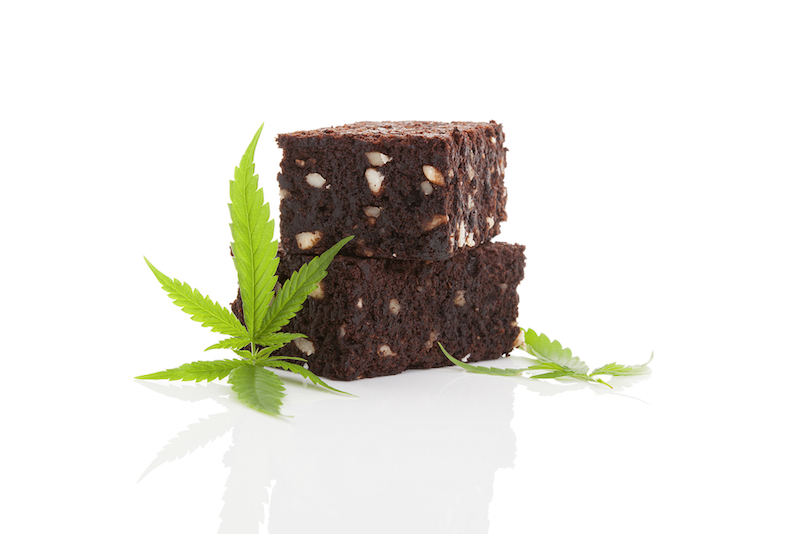Marijuana Labels Could Mislead Kids and Consumers

Edible marijuana products such as candies and brownies need better labeling, a new study said. Some labels on marijuana edibles contain so much information that consumers feel overwhelmed. Meanwhile, other labels do not even clearly indicate that a product contains marijuana, the researchers found.
Bad labeling could be lead people to unknowingly consume marijuana, the study participants said. Some participants expressed concerns that children may mistake such products for cookies or candy, said study co-author Sheryl C. Cates, a health communication expert at the nonprofit research institute RTI International in Research Triangle Park, North Carolina. [25 Odd Facts About Marijuana]
But participants also expressed concern that adults — who were, for example, guests in the home of a marijuana user — could consume edibles by mistake, because they did not recognize that the products contained marijuana, Cates told Live Science. In the study, the researchers recruited 94 people living in Denver or Seattle, asking them for their opinions on the current labeling practices of marijuana edibles. This group included 32 people who had consumed edibles in the past two months and 30 people who had consumed edibles in the past six months and preferred edibles to other forms of marijuana, such as blunts.
The group also included 32 parents who had either never used marijuana or had not used it in the past five years. The researchers included this group because they were particularly interested in what parents thought of how marijuana edibles are labeled, said the study, which will be published in the May issue of the International Journal of Drug Policy.
The researchers brought the people together to central locations in Denver or Seattle and showed them edible marijuana products that had been packaged for sale. In each of the two locations, the researchers showed the people one marijuana product. In Colorado, the researchers showed the people a gummy candy packaged in a bottle that bore a colorful image of the candy. In Seattle, the researchers showed the participants a chocolate bar wrapped in green paper with white lettering. The researchers then led discussions that elicited the people's opinions about the products' packaging. [7 Ways Marijuana May Affect the Brain]
One of the main concerns expressed by the participants was that the labels contained too much information, which the people thought could discourage consumers from reading the information, the researchers found.
Another common concern was that there was no clear indication that the products contained marijuana. For example, some participants in Seattle noted that although the label did include the statement "This product contains marijuana," that information was not easy to see on the label.
Sign up for the Live Science daily newsletter now
Get the world’s most fascinating discoveries delivered straight to your inbox.
Moreover, some participants in Denver said that the product they were shown looked too much like candy. Participants also suggested that edibles should be packaged like prescription medication to prevent people, especially children, from ingesting the products by accident.
But the people in the study also found some aspects of the labeling particularly useful. For example, the participants in Seattle found it useful that the manufacturer of the product voluntarily included the following consumption advice: "Until you know the effects of this product, eat only half of a segment, and wait a minimum of 75 minutes before consuming another portion."
The participants said they thought this advice was important for inexperienced users of edibles. In fact, the participants thought that this voluntary statement was more useful than the mandatory warning statement, which said, "The intoxicating effects of this product may be delayed by 2 or more hours."
The participants said they thought the voluntary advice was more useful because it told consumers how much of the product they could eat and how long they should wait before eating more, the researchers said. [Marijuana Could Treat These 5 Conditions]
The new findings may help improve the way edible marijuana products are labeled as other states, besides Colorado and Washington, permit the sale of such products, the study said. Improving the labeling of edible marijuana products, in turn, may help prevent people from accidentally ingesting such products and ensure that consumers of such products eat safe doses of the products, the researchers noted.
Originally published on Live Science.









